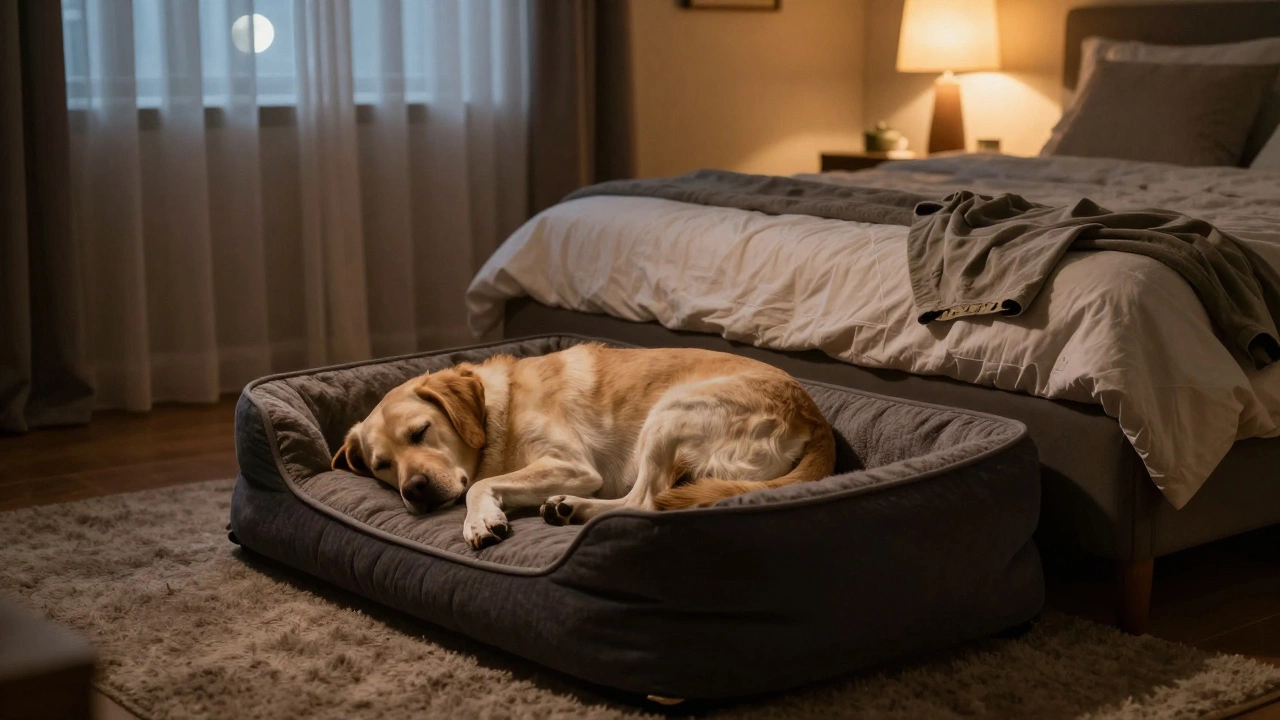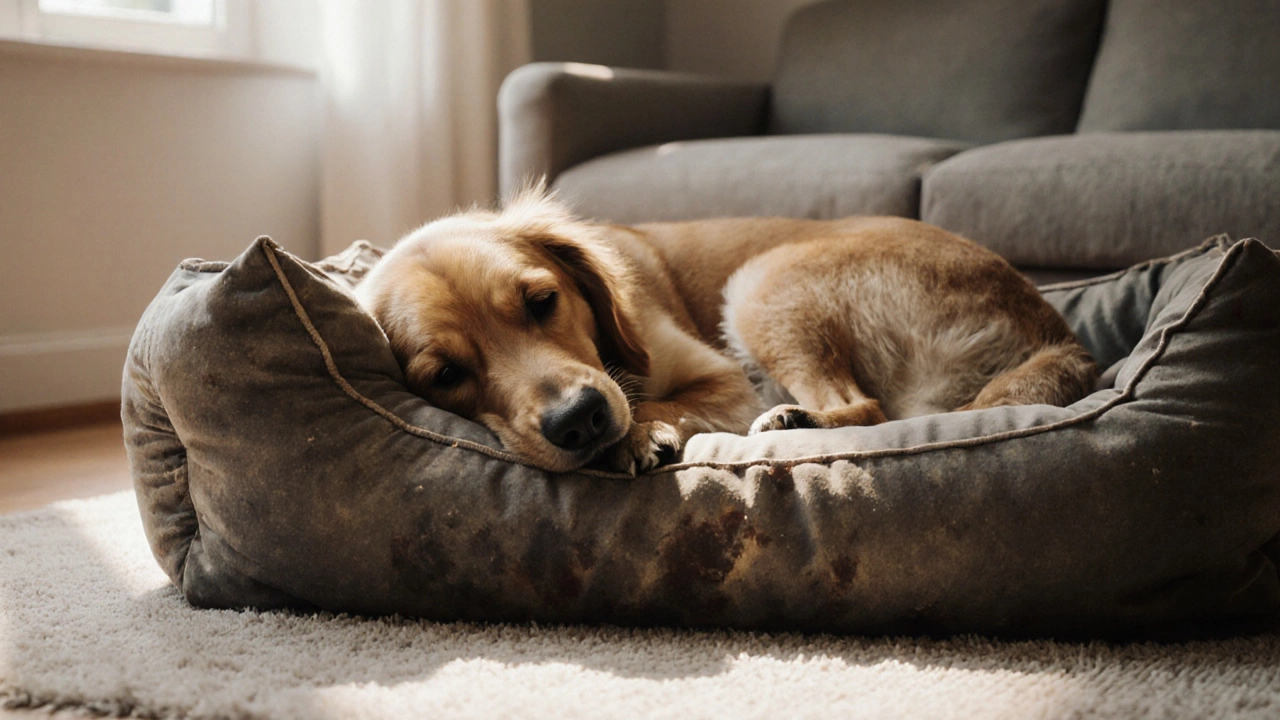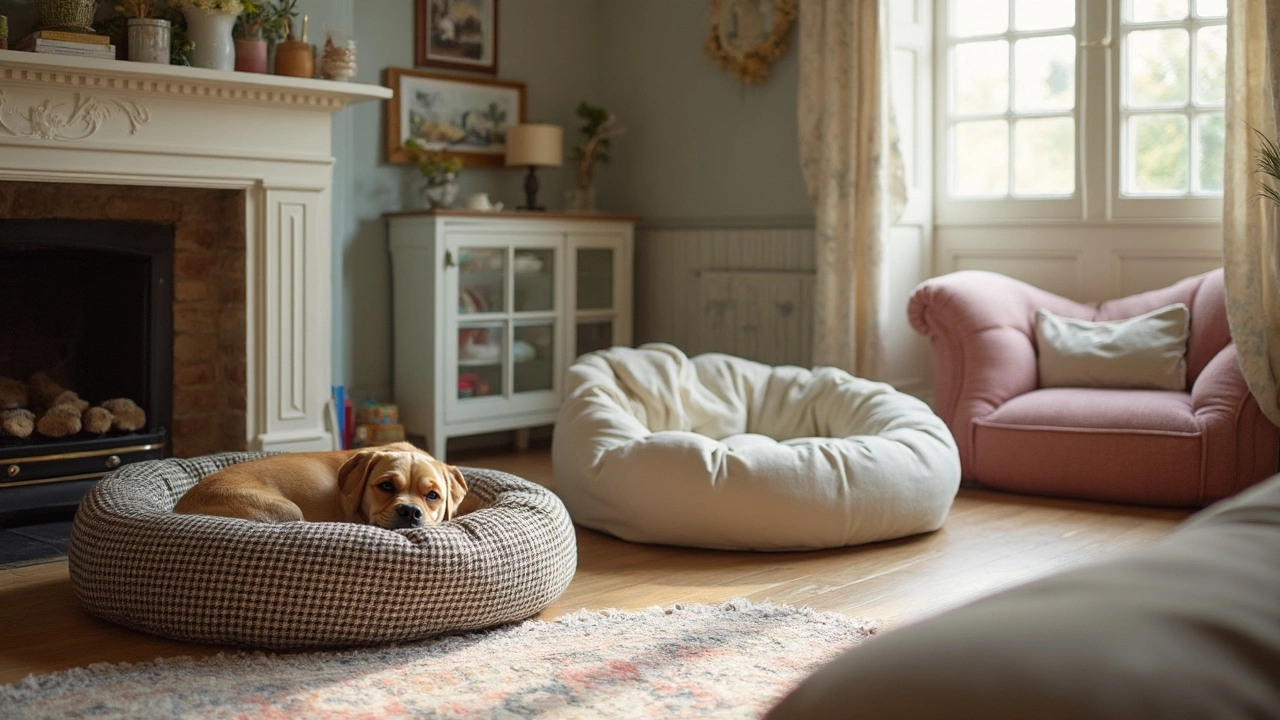Dog Comfort: Easy Tips to Make Your Pup Feel at Ease
Ever notice your dog stretching out on the floor, whining, or digging a nest before they finally settle? Those little signals tell you they’re looking for a bit more comfort. You don’t need a pricey makeover; a few thoughtful changes can turn a restless pooch into a relaxed companion.
First off, think about where your dog spends most of their time. A hard floor can be harsh on joints, especially for older breeds. A simple, washable rug or a memory‑foam pet bed gives the body a soft cradle and reduces pressure points. Place the bed in a quiet corner away from drafts, and watch your dog claim it as a safe spot.
Cozy Bedding and Temperature Control
Temperature matters as much as the surface you lie on. If your home runs cold in winter, add a thin blanket or a heated pet pad. In summer, a cooling mat or a bowl of chilled water keeps them from overheating. Many owners swear by a bamboo sheet – it’s breathable, easy to wash, and stays cool.
Don’t forget about the size of the bed. A dog that’s too big for its cushion will keep shifting, while a space that’s too small can make it feel cramped. Measure your dog from nose to tail tip and choose a bed about twice that length for full stretch.
Calming Routines and Gentle Touch
Comfort isn’t just about the environment; it’s also about routine. A short, soothing massage after a walk can lower a dog’s heart rate. Use slow, circular motions on the shoulders and back, and watch their ears flick back in relaxation.
Noise can be a hidden stressor. If you live on a busy street, consider a white‑noise machine or a fan to mask sudden sounds. Some dogs respond well to calming music designed for pets – low‑tempo piano or classical pieces help them settle.When you’re away, a piece of your clothing placed in their bed can give a familiar scent that reduces anxiety. You can also leave a low‑volume radio playing to mimic background chatter.
Finally, pay attention to nutrition. Omega‑3 rich foods or supplements support joint health and skin comfort, which can make the whole body feel better. A balanced diet reduces itchiness and inflammation, two common reasons dogs act uncomfortable.
In short, a mix of soft bedding, temperature tweaks, calm routines, and good nutrition creates a comfort‑rich environment. Your dog will thank you with more relaxed posture, fewer nervous tail‑twitches, and a happier vibe around the house. Try one change at a time and notice what makes the biggest difference – your pup will let you know.

Should Dog Bed Be in Living Room or Bedroom? Where Your Dog Belongs Most
Where you place your dog's bed affects their sleep, stress levels, and comfort. Learn why the bedroom often beats the living room-and how to choose the best spot for your dog’s needs.
View more
How to Tell If Your Dog Needs a New Bed - Signs & Tips
Learn the clear signs your dog needs a new bed, from visible wear to restless sleep, and get practical tips for choosing the right replacement.
View more
Dog Bed in Every Room: Is It Worth It for Your Pup?
Is giving your dog a bed in every room a smart idea, or just overkill? This article looks at how multiple dog beds could impact your dog's health, behavior, and daily comfort. Get tips on picking the best spots and bed types for different rooms. Plus, learn how setup affects paw care, anxiety, and even your furniture. Find out what really suits your dog's routine and your home.
View more